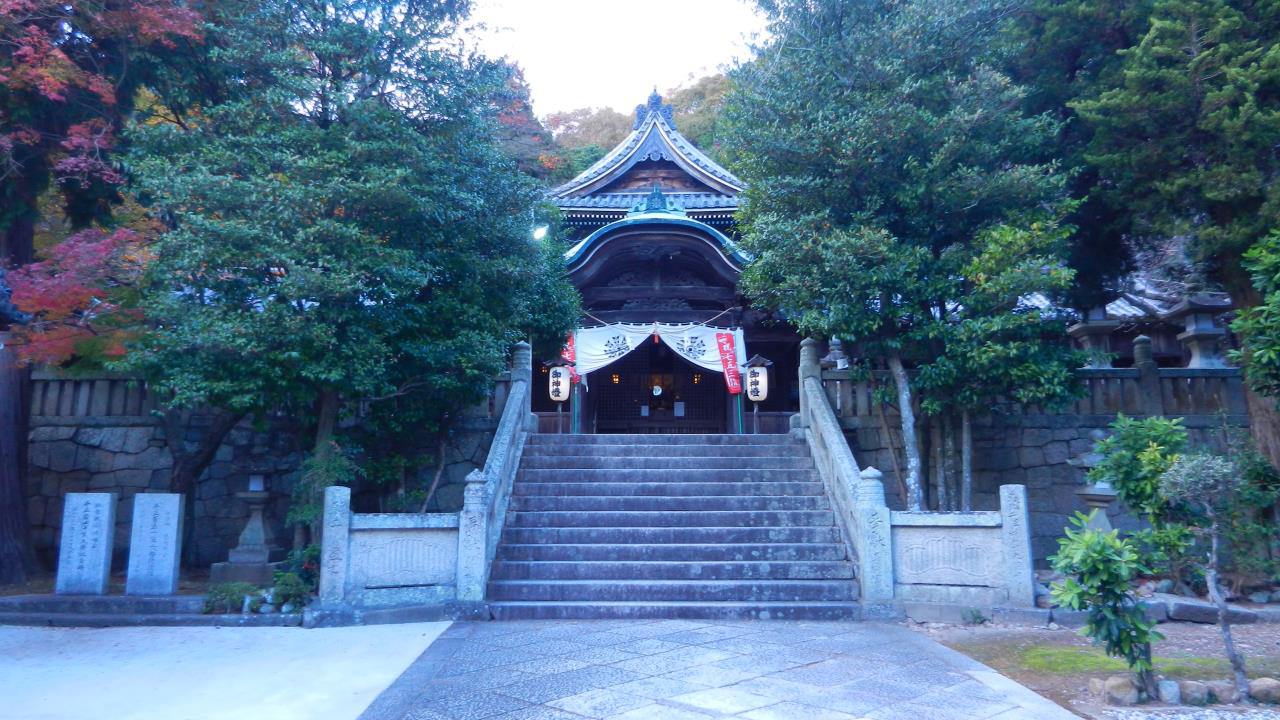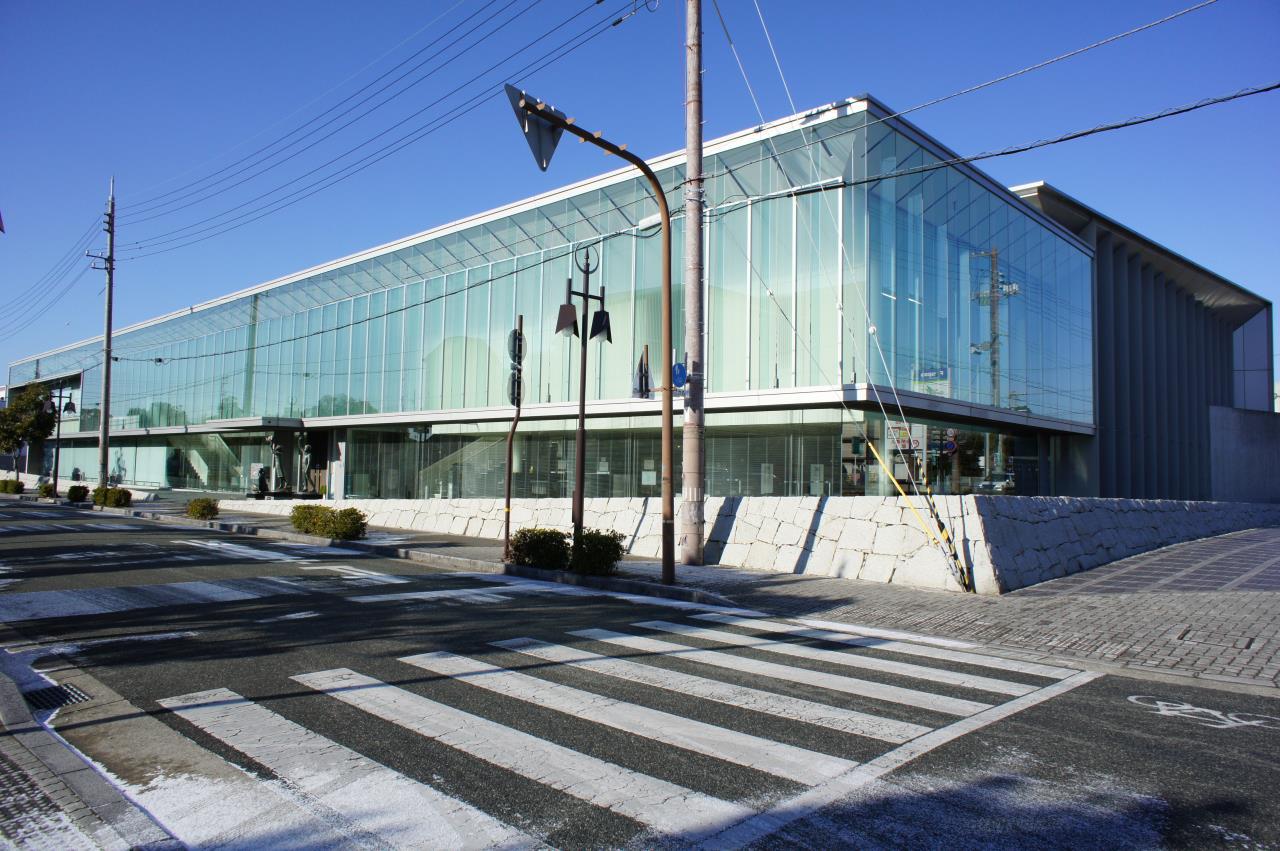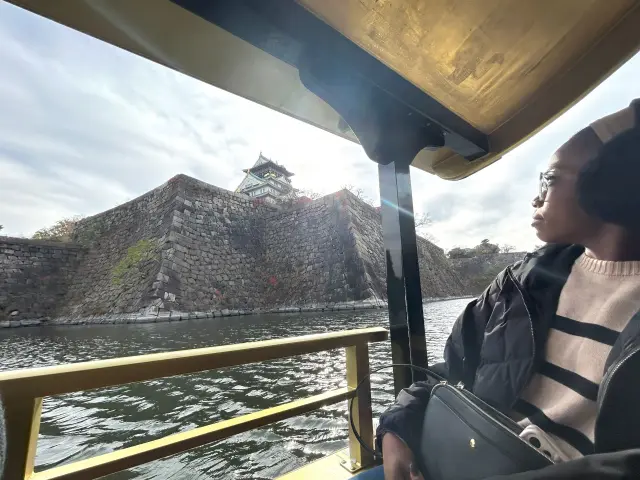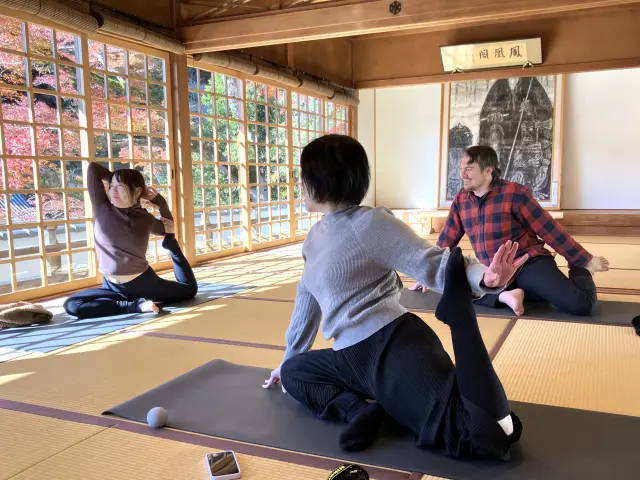
“torai-jin (immigrants),” and Banshu Ako
Last update
The close connection between Banshu Ako and Hata Kawakatsu, the immigrant and originator of Noh, the world’s oldest stage performance
Between the 3rd and 7th centuries, many people from China and the Korean Peninsula crossed over the sea to come and live in Japan. These people, called “torai-jin (immigrants),” brought the culture of the continent with them, introducing a wide variety of cutting-edge knowledge, technology, and philosophies, including kanji characters, Buddhism and architectural techniques. Members of the Hata Clan from China were the most powerful of these new inhabitants, and are believed to have contributed remarkably to the development of Japan’s industries and culture, forging a close connection to the Banshu Ako region.
These immigrants most likely chose Japan to settle in because their own countries were wrought by conflict, and they sought a more peaceful life in the country to the east, which was then known as the “Lotus Land.” At that time in China, after unification by Qin Shi Huang, the population suffered a dramatic decline due to attacks by nomads on horseback from the north. There were many conflicts on the Korean Peninsula, too, and despite the very long journey, Japan offered a greater opportunity to live in peace.
The Hata Clan came to Japan around the 5th century. They were highly-trained engineers, and introduced a wide range of important technologies, including flood control, irrigation, iron-making, mine development, brewing, silk cultivation and silk textile production. Due to this great contribution to life in their new land of residence, they earned absolute trust from the Yamato Imperial Court. It is believed that they also introduced Hachiman shrines (the largest kinds of shrines in number) and Inari shrines, which were worshiped at as the protectors of grains.
In the 6th century, Hata Kawakatsu, the leader of the clan, served under Prince Shotoku, who was one of the main political figures of that time. Kawakatsu is believed to have been behind the start of the kagura Shinto dance style when, following a request from the prince to entertain him with some impersonations, he put on a wonderful show. Apparently, his performance was so good, he was given 66 masks from the prince as a reward. This art was passed on to his descendants, and later became what we know as Sarugaku and Noh, which were developed by Kan’ami and his son Zeami. According to Fushikaden, a treatise on Noh written by Zeami, Hata Kawakatsu originally created Noh and he was his ancestor. Kawakatsu was also an ancestor of the Togi family who have maintained the traditional art gagaku (Japan’s traditional music) since the Nara Period. Therefore, it can be said that Kawakatsu is basically the originator of what were to become Japan’s performance and musical arts.
After the death of Prince Shotoku, Kawakatsu got involved in the conflict with the Soga Clan, which forced him to make the decision to step back from center stage in Japan’s political scene. He took a boat from Settsu Namba (in present-day Osaka), and ended up in Sakoshi, a small port town in the eastern part of Ako. Here, he started to contribute to the area through a number of projects, such as the development of the Chikusa River basin before passing away at the age of just over 80.
Thereafter, Osake Shrine in Sakoshi was established by the locals to enshrine his soul under the godly name of Osake Daijin. Consequently, about 30 branches of this shrine were established along the Chikusa River, to celebrate his contribution to the area.

When you visit Osake Shrine, you will witness its close connection with gagaku. It houses a mask from a gagaku performance “Ranryo-o,” which has been preserved as a treasure, along with many exhibits of drawings on wooden boards from different eras, including a large board dedicated by the Music Department of the Imperial Household Agency, which maintains and recognizes the ancient gagaku traditions.
The Odomari Gold Mine in Sakoshi is also believed to have a connection to the Hata Clan, with one theory explaining that the area had already been developed by the clan through mining and flood control before the arrival of Kawakatsu. At present, a group to study the Hata Clan has been formed and are conducting ongoing research at its headquarters located in the Ako City Library.

Hata Kawakatsu is just one example of the many immigrants who played a significant role in Japan’s history. Focusing on these people is one of the keys to digging deeper into the history of different regions and understanding their past.
Check also...

Consider your accommodation in the Kansai area!

Restrictions on Large Baggage

Reviving Past Memories and Emotions! Three spots related to the Food and Fragrance of Awaji Island!!!

Hidden Stories in Stone: Exploring Japan’s Castle Walls

Feel Like a Lord: Castle with Stunning Panorama Views

Experience the True Essence of Japan through Castles, Cultural Treasures, and Timeless Gardens

A 3-Day Journey Along the Path of History and Culture: Outlining the Saigoku Kaidō from Osaka

